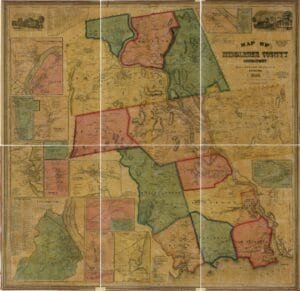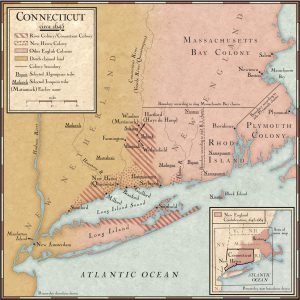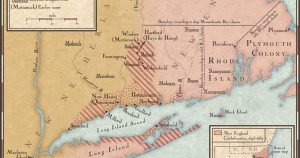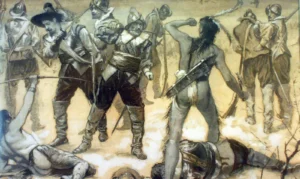The Geology of Middlesex County
Middlesex County’s geology can be divided into two distinct regions: the highly crystalline metamorphic rocks to the east, primarily composed of gneiss and schist, and the red sandstone formations to the northwest. The metamorphic rocks are notable for their hardness and contain valuable minerals such as cobalt and nickel. The Connecticut Valley, characterized by sandstone and associated igneous trap rocks, showcases a history of sedimentation and glacial activity. The area also has post-glacial terraces that reveal significant historical flood levels, reflecting the dynamic geological processes that shaped the region.





